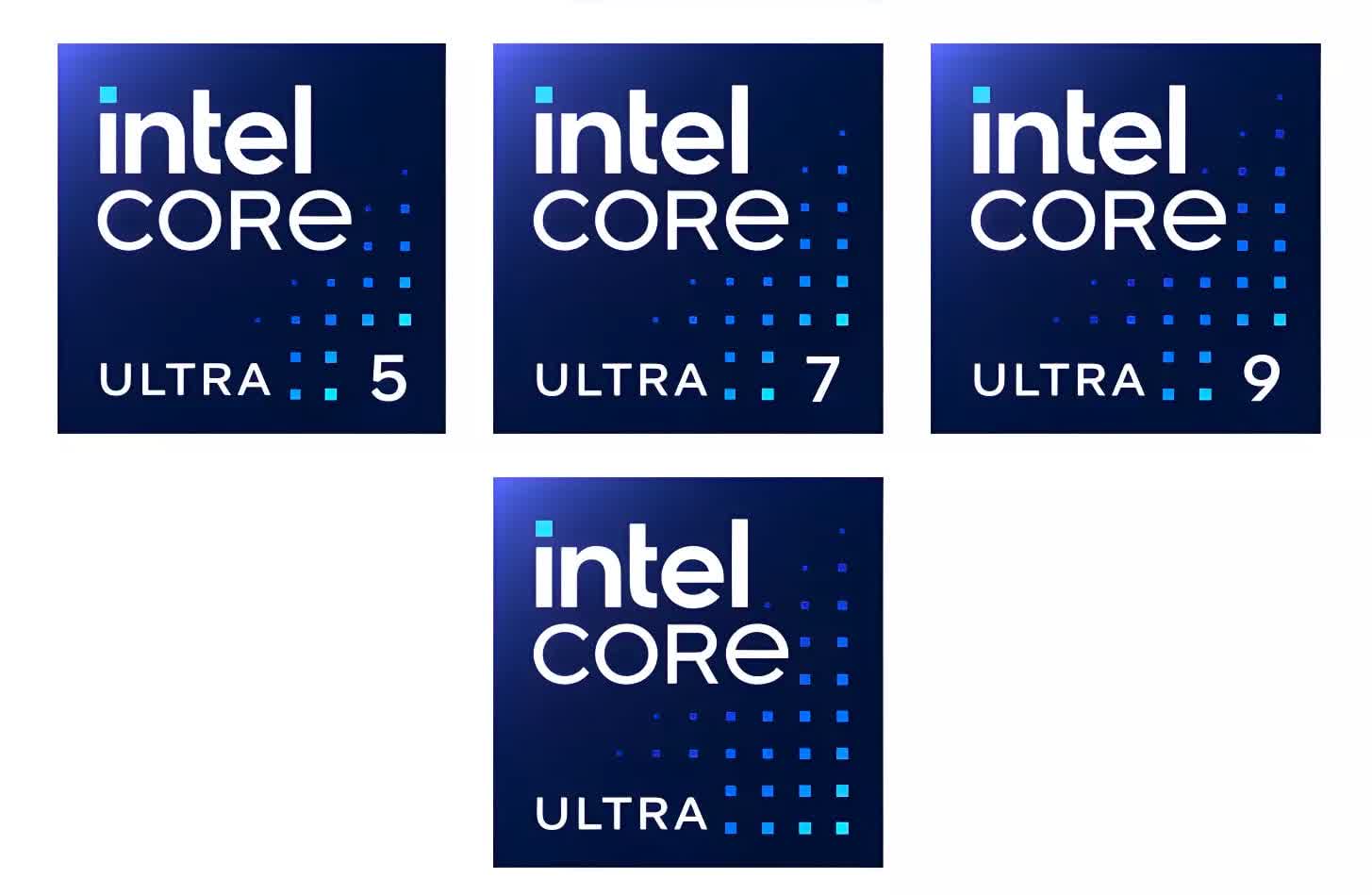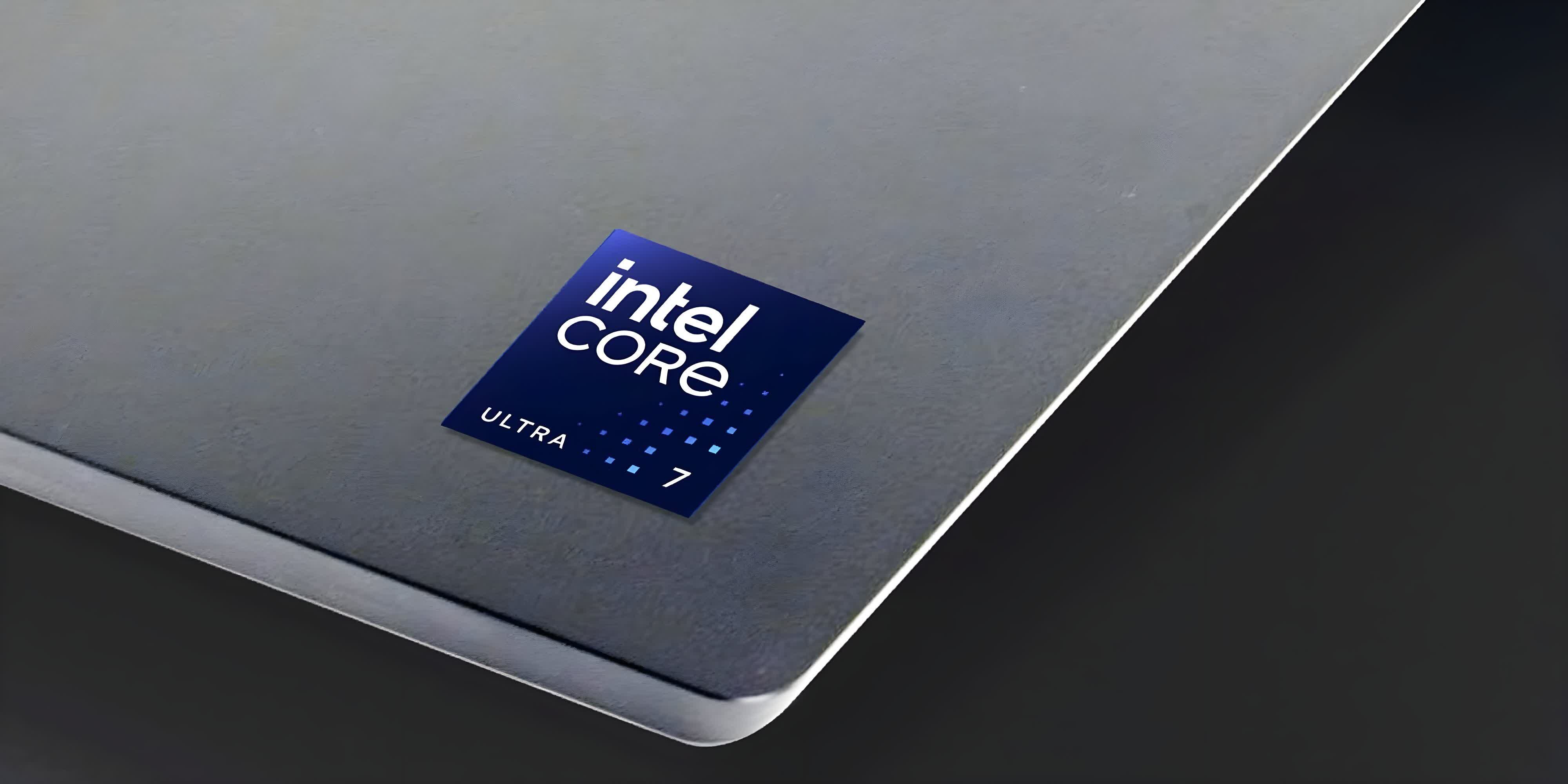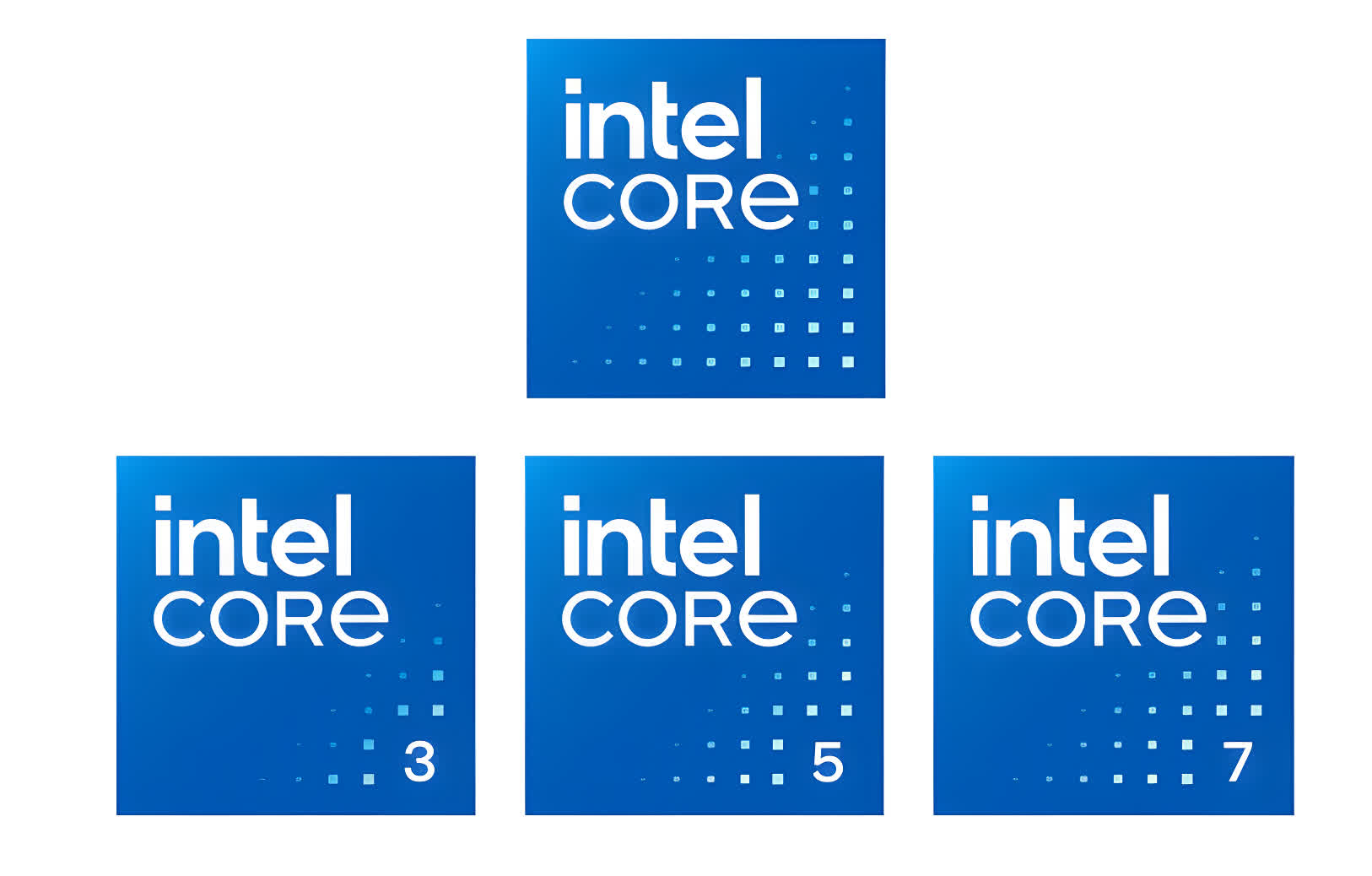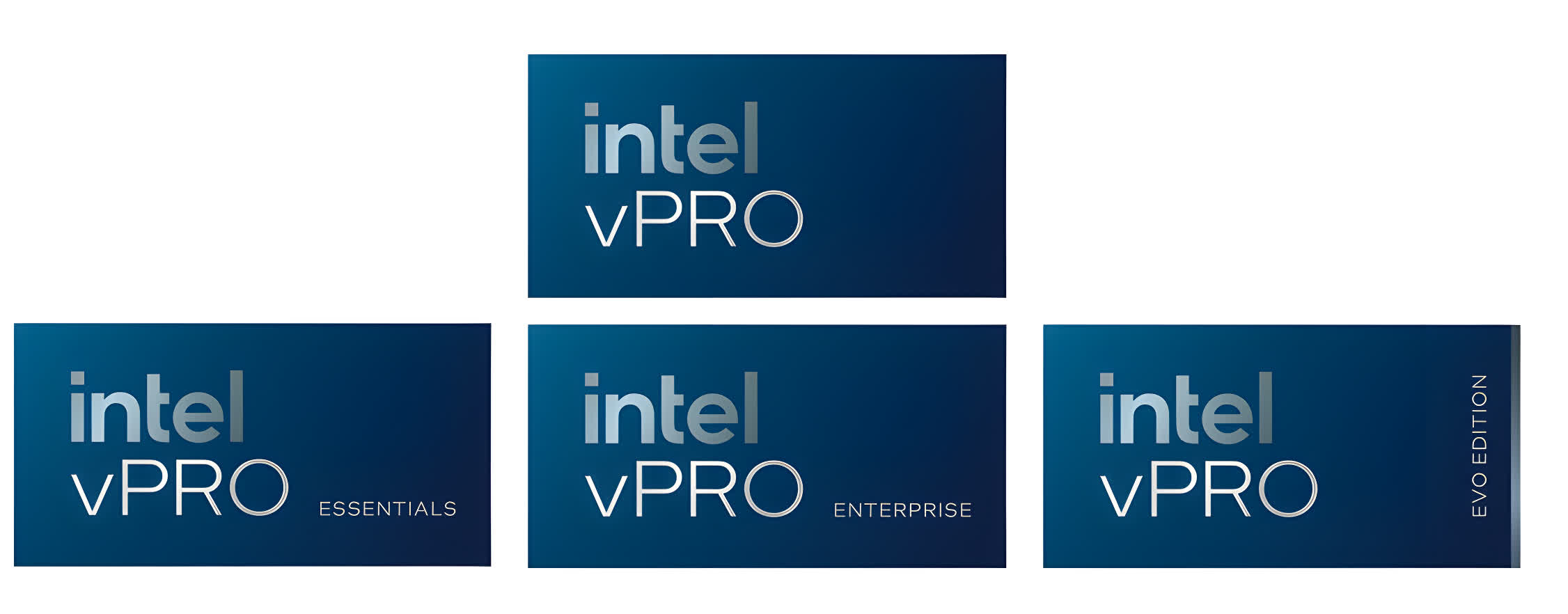Why it matters: The reports are true – Intel is rebranding its consumer CPU lineup with the launch of the new Core and Core Ultra processors, starting with the upcoming release of Meteor Lake. Disappearing is the familiar "I" from the previous generation Core i3, i5, i7, and i9; they will now be known as Intel Core or Intel Core Ultra 3/5/7/9.
Intel's rebrand doesn't come as a surprise. Someone spotted a Core Ultra 5 in the Ashes of the Singularity benchmark database in May, the same month a Core Ultra 7 CPU was found in the Puget Bench Lightroom benchmark. Even Intel has confirmed it would be rebranding once Meteor Lake arrives.
Intel calls this overhaul the company's most significant in years. It appears that Meteor Lake – Intel's first chips to use a multi-tile rather than monolithic design and manufactured on the new Intel 4 process node – was chosen as a starting point because, as the company puts it, the 14-generation CPUs represent an inflection point for design, manufacturing, and architecture.
Starting with Meteor Lake's launch later this year, there will be two Intel client CPU SKUs: the mainstream Intel Core 3, Core 5, and Core 7 chips; and the "Premium" processors, presumably the higher-end models, which will be called the Core Ultra 5, Core Ultra 7, and Core Ultra 9.
Reports that Intel would be dropping the "I" part of the processor branding, which has been around since the release of the Nehalem microarchitecture in November 2008, haven't been welcomed by everyone. Many people when talking about Intel's chips call them an "i5" or "i7" for brevity. It might take a while to get used to calling them Core or Core Ultra and not using the letter I.
The other big change is Intel splitting the processors into mainstream and premium groups. The rebrand is meant to simplify the company's portfolio, so it could be that introducing the 'Ultra' moniker is meant to make things easier for non-tech-savvy types, though it'll likely be less welcome by others.
Elsewhere, Intel will no longer be stating what generation a chip is from in front of its Core brands. That means we won't be seeing, for example, "Intel 14-gen Core Ultra 9 14900K" in the marketing. However, the CPU's generation will remain in the processor number (e.g. 14xxx).
Team Blue also emphasized that its Intel Arc graphics cards can be paired with both Core and Core Ultra processors. A recent Jon Peddie Research report on the state of the graphics card industry showed that while Nvidia remains the dominant force by far, Intel has gained a 4% share of the market.
Finally, Intel says it is evolving the Intel Evo Edition platform brand for Evo-verified designs and introducing Intel vPro Enterprise and Intel vPro Essentials device labels for relevant commercial systems.
https://www.techspot.com/news/99067-intel-announces-biggest-processor-rebranding-15-years-ahead.html



